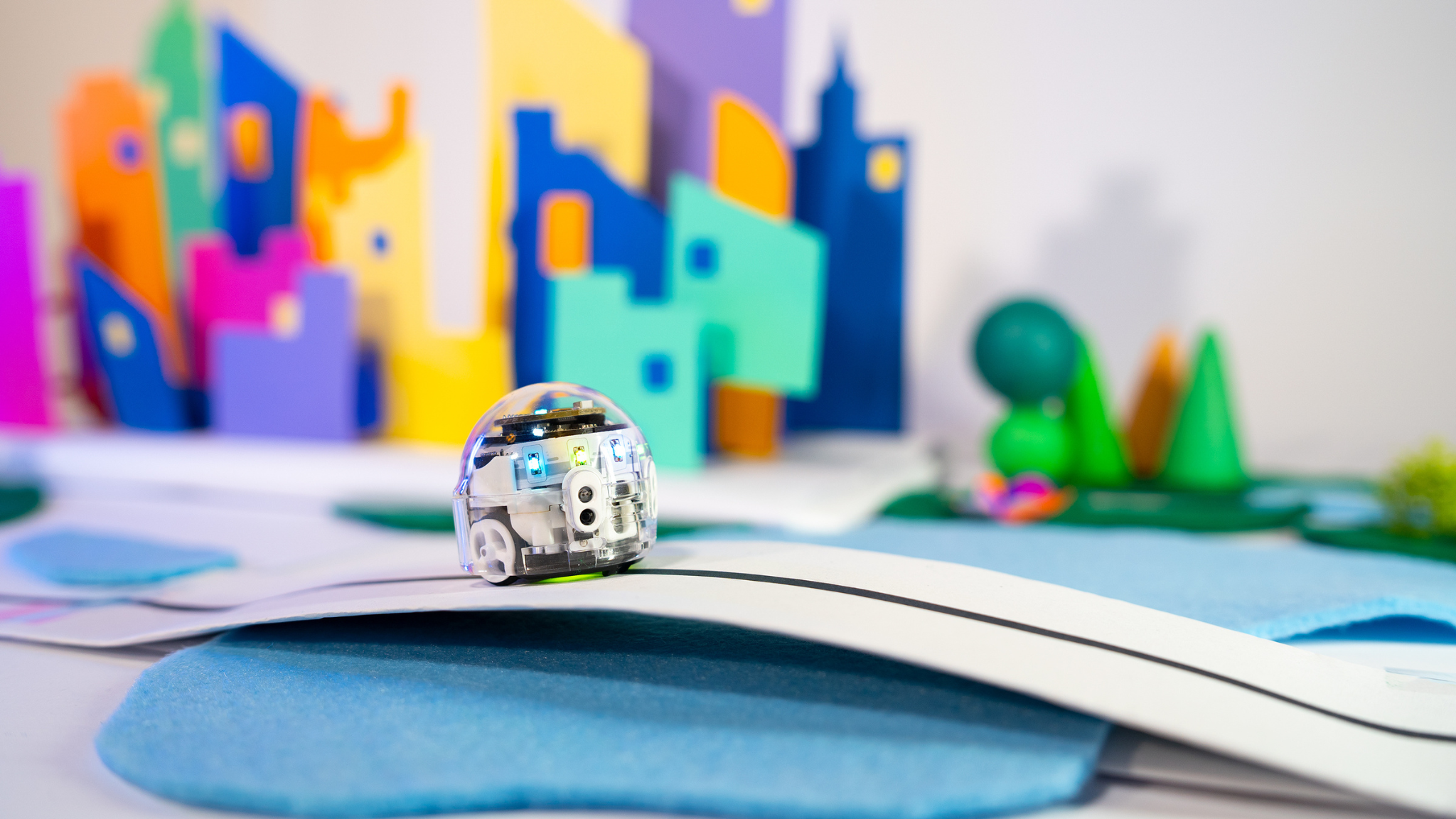As educators, we understand the complexity of curriculum design, especially during the initial brainstorming phase. Even for seasoned professionals, the ideation stage can feel overwhelming with the multitude of possibilities. These tips aim to provide a structured approach to lesson ideation, drawing inspiration from the proven practices of the Ozobot education team!
While you build out your lesson, utilize the Lesson Creator tool in Ozobot Classroom to ensure you have included all the required elements.
Step 1: Explore the Standards
We recommend that you start here. Aligning with standards ensures that your lesson meets the expectations set for student learning. Check out your state’s computer science standards and these technology standards that are met through programming with Ozobot.
- The Computer Science Teachers Association (CSTA) has crafted K-12 standards to prepare students for 21st-century careers.
- The International Society for Technology in Education (ISTE) has created a framework for learning with technology to empower students and educators.
Once you have selected a standard to focus on, break it down to determine the key Knowledge, Skills, and Processes students need to know in order to demonstrate mastery. Ask yourself:
- What do students need to know to achieve this standard? (Knowledge)
- What do students perform at each step? (Skills)
- What greater thinking processes do students use to perform this task? (Processes)
Step 2: Begin with the End in Mind
Consider what knowledge and skills you want students to demonstrate throughout your lesson. Will it be mastery of content concepts or coding skills? At Ozobot, coding and robotics are always our end game. However, there are so many ways to incorporate Ozobot into your unique classroom content.
Once you’ve finalized the “end game,” it will help you determine if Ozobot Blockly or Color Codes is the best programming method. This practice of instructional planning fosters coherence and intentionality in lesson design.
Step 3: Get Ideas from the Code!
Whether programming with Ozobot Blockly or Color Codes, use the coding methods Ozobot offers to spark creativity. Ozobot Blockly teaches students to build programs with drag-and-drop blocks and Color Codes is a screen-free option to coding using markers or magnets.
If coding with Ozobot Blockly:
- Navigate the list of blocks on each level, familiarizing yourself with their functions by left-clicking the block and selecting “help.” This opens a glossary of all the blocks!
- Play around with stacking different blocks and running your program. This is our team’s favorite way to develop engaging learning experiences!
- These lessons may center around the bot alone, or incorporate supplementary elements like three-dimensional objects and activity sheets.
If coding with Color Codes:
- Grab a blank piece of paper, a pencil–and start drawing! Ozobot’s education team loves to create this way and will draft multiple versions before landing on the perfect track.
- Sketch out a track that includes corners, curves, and intersections, then map out where you want your Color Codes to be. Be sure to follow the Color Code Guide PDF.
- Think of ways to give your track risks. This promotes problem-solving, debugging, and other important computer science skills. We recommend incorporating Direction and Counter Color Codes to provide a challenge.
Step 4: Level Up Your Lessons with a Programming Challenge
Once you have your idea, define the skills you want students to enhance during the course of your lesson. How can you encourage students to research, think, inquire, question, discuss, and plan?
Here are some essential programming skills that will give your lesson a unique challenge:
- Problem-solving – Encourage students to analyze complex scenarios and devise solutions with their code.
- Attention to detail – Ask students to organize their code with specific guidelines to successfully complete the activity. For example, what specific Color Codes are required to get Ozobot through the track?
- Debugging – Turn coding mistakes into a learning experience by highlighting the benefits of trial and error when programming.
- Logical reasoning – Provide an experience that prompts students to think critically and decompose the steps needed to arrive at a conclusion. How can students organize their blocks in Ozobot Blockly to program a desired outcome?
- Planning – Provide students with scenarios where they must anticipate obstacles and risks in their Ozobot’s journey, fostering strategic thinking.
Planning on submitting to Ozobot Classroom? Here’s what we’re looking for:
- First, check the Classroom Lesson Library for existing lessons related to your idea to avoid duplications. If your lesson is too similar to a lesson in Ozobot Classroom, it will not be approved.
- Please avoid content related to storybooks, as we have ample lessons in our library on using Ozobot with narrative text.
- Be mindful of copyright and trademarked terms to ensure compliance with intellectual property laws.
Looking for more tips on creating an Ozobot lesson? Check out our How to Master Writing an Effective Ozobot Lesson blog post for everything you need to know!









